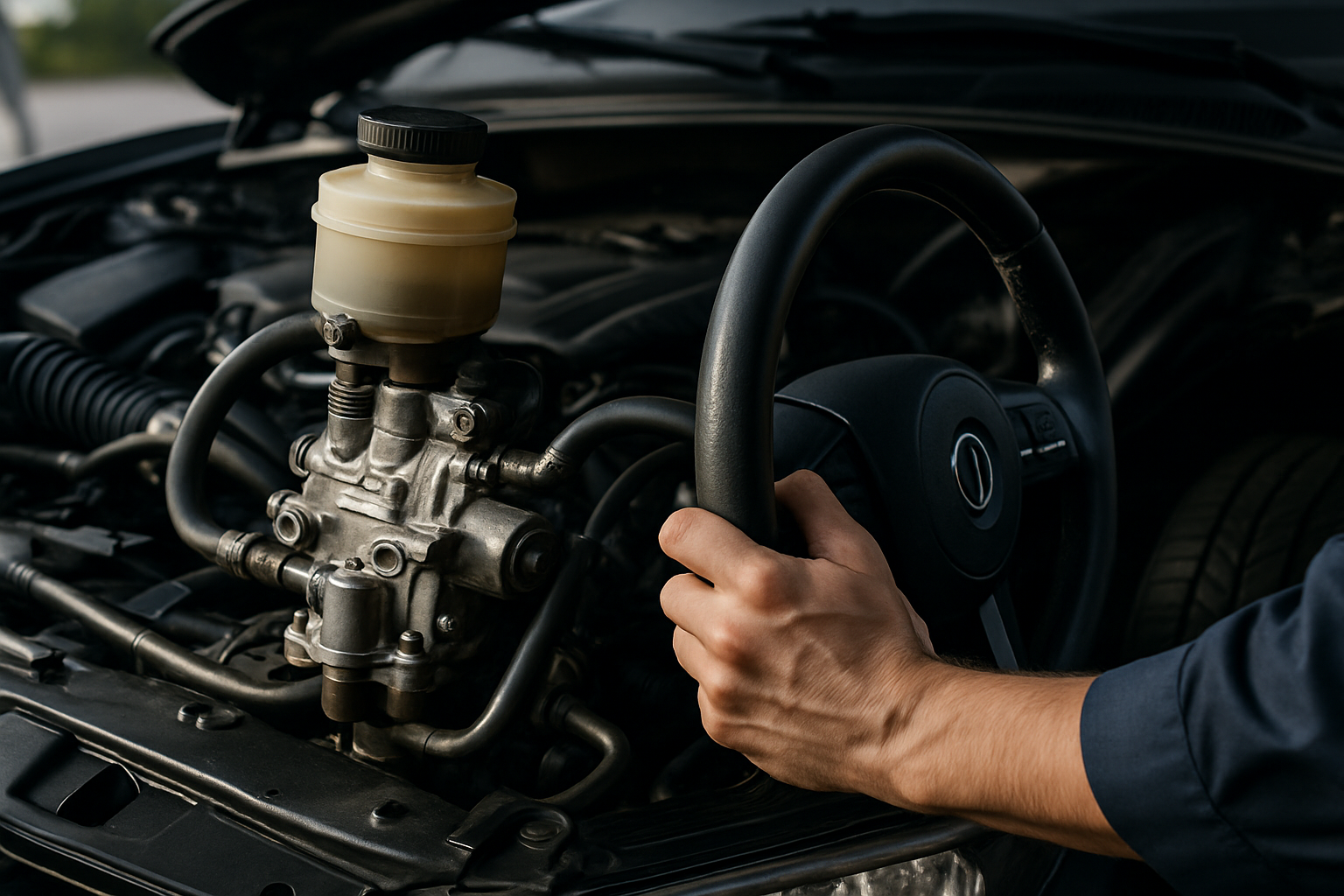Seasonal Maintenance Schedule to Keep Vehicles Road-Ready
A seasonal maintenance schedule helps drivers plan inspections and upkeep so vehicles remain reliable across changing weather and travel needs. This guide outlines checks for tires, battery health, fluids, filters, alignment, fuel use, inspections, eco driving, and cargo preparation to keep a car road-ready.

Regular, seasonal maintenance keeps a vehicle dependable and safer on the road. Instead of waiting for a breakdown, establish a routine that combines mileage-based services with seasonal checkpoints timed to weather and travel patterns. Addressing tires, battery health, fluids, filters, alignment, and inspections at the start of spring and fall—and before long trips—reduces wear, supports fuel efficiency, and lowers the chance of unplanned repairs. Clear records and a simple checklist make it easier to coordinate with local services and plan necessary repairs.
When should I schedule routine maintenance?
Combine the manufacturer’s recommended service intervals with seasonal reviews. Schedule oil and filter changes according to mileage, plus a spring and fall inspection to address climate-related concerns. A pre-winter check should emphasize the charging system, battery health, heater operation, and freezing-point protection in the cooling system. A pre-summer check should focus on cooling, air conditioning, and fluid levels. Keeping a service log with dates, mileage, and notes helps maintain consistency and resale value.
How to manage tire care and alignment?
Tire care begins with selecting the right tire type for your climate and driving habits. Check tire pressure monthly and before long trips, and monitor tread depth and sidewall condition for cuts or bulges. Rotate tires every 5,000 to 8,000 miles or per the owner’s manual to promote even wear. Have wheel alignment and balancing performed if you observe steering pull, vibration, or uneven tread wear. Proper alignment prolongs tire life, enhances safety, and can improve fuel economy.
What to check for battery health and starting?
Battery health is critical for reliable starting, especially in cold weather. Inspect the battery terminals for corrosion, ensure tight connections, and test state of charge during seasonal checks. Many shops provide free battery tests; replace batteries that show reduced capacity or are older than the manufacturer’s recommended life span. Also verify alternator output and starter performance. Addressing charging system issues early prevents being stranded and avoids collateral damage to electrical components.
Which fluids and filters need seasonal attention?
Fluids and filters protect vital components and should be inspected at least twice a year. Check engine oil level and condition at oil-change intervals and change the oil and oil filter per recommendations. Verify coolant level and concentration ahead of summer and winter to prevent overheating or freezing. Inspect brake fluid, transmission fluid, and power steering fluid according to service intervals, and replace them if degraded. Replace cabin and engine air filters seasonally or sooner if visibly dirty to maintain comfort and efficiency.
How to prepare for a road trip and secure cargo?
Before a road trip, complete a checklist that includes tire care, brakes, lights, windshield wipers, and fluid levels. Confirm spare tire condition and that jack and tools are present. Secure cargo so weight is distributed evenly and does not shift, and observe the vehicle’s cargo capacity limits. Pack emergency items such as a flashlight, basic tools, fluids, first-aid supplies, and contact info for local services along your route. Proper preparation reduces risk and improves trip comfort.
How do inspection, fuel use, and eco driving improve safety?
Combine routine inspections with monitoring fuel use to detect efficiency changes that may signal maintenance needs. Regular checks should cover lights, wipers, belts, hoses, suspension components, and braking systems. Practicing eco driving—smooth acceleration, steady speeds, reduced idling, and proper tire inflation—can improve fuel economy and reduce component stress. Timely inspections coupled with mindful driving habits extend vehicle life, lower fuel costs, and contribute to safer, more predictable road behavior.
Seasonal maintenance is most effective when it becomes a predictable pattern: schedule checks around seasonal transitions, focus on tire care and battery health before extreme weather, keep fluids and filters up to date, and secure cargo and systems before long journeys. A simple checklist, combined with reliable local services and consistent record-keeping, helps maintain safety and reliability throughout the year.





